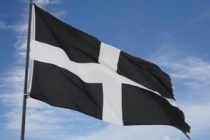A tale of old Redruth, Cornwall - The men overseas for mining work, their wives left behind in poverty
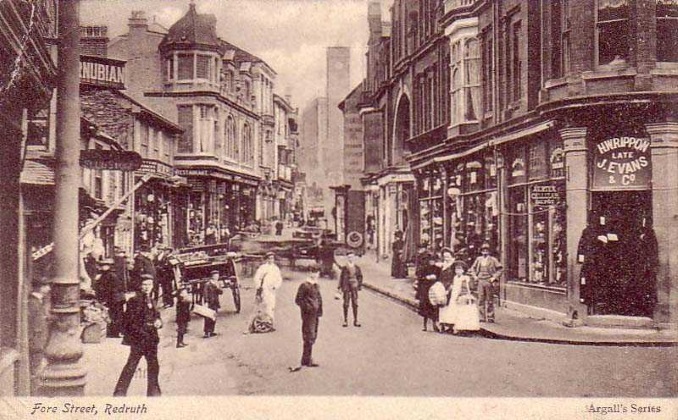
My maternal Great Granny Eliza Goldsworthy, whose maiden name was Hicks with her family originating from the Isles of Scilly, was herself born in North Country, Redruth in 1880. Her many younger brothers all died during the Spanish ‘flu epidemic of 1919 during which time the ground was too hard and frozen to bury them. They were laid out in the house pending a thaw to allow for their internment.

When Great Granny Goldsworthy first married in the latter years of the nineteenth century she moved with her husband John to a cottage in Falmouth Road, Redruth. This was situated on the spot now occupied by Lanyon House, previously a garage, and the now Co-op stores.
John’s father was landlord of the Feather’s Public House just by St. Euny Church and then the King’s Head Public House situated where the Regal Cinema now stands. His father’s cousin was landlord of the Trefusis Arms at Southgate, Redruth.
John was a tin miner.
Eliza and John had three children, Jack, Ethel and Ruth.
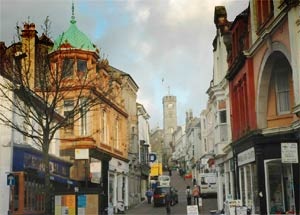
There were real problems with a ghost in their cottage. This frequently materialized as a woman wearing a long dress who would come in the front door and climb up the stairs. There would be the sound of her footsteps and the rustling of her dress.
The local priest was called in to excommunicate the ghost but this did not succeed. The decision was made to remove the roof and to allow the ghost out which finally solved the problem.
When the local mines began to fail, John Goldsworthy left Redruth one Tuesday as did so many of his peers, bound for the goldmines of South Africa and then the diamond mines of Venezuela. He was away from home for years.
Times were tough back home in Redruth and alone with her children, Great Granny would relate tales of loaves of bread being flung from horse and carts in Falmouth Road to feed the starving people. There was no social security back then.
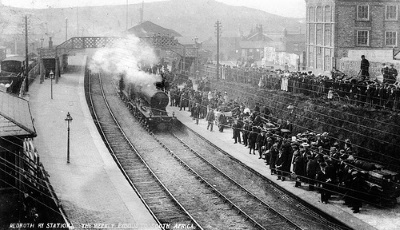
She nursed her mother who died in her mid-forties of diabetes.
Her husband returned home many years later a sick man himself with miners’ phthisis (silicosis), his lungs filled with dust from the many tin, copper, gold and diamond mines he had worked in. His daughter, my maternal grandmother, Ethel, was called out of school when he arrived. She did not recognise the smartly dressed man, her own father, as he had been away for such a long time.
The family later moved to Higher Raymond Road until John’s parents fell ill and then they moved down the hill to live with them at number 6, Percy Villas, Raymond Road, a three bedroomed house with an outside water supply and toilet. Great Granny nursed her parents in law and her husband as best she could.
John was a hard man. He would have his suits and hats made in Phillip’s Outfitters in Redruth (now a café) as well as paying for handmade boots but was highly critical of his wife when she spent 1s 11d (9 pence) on a new hat. Her clothes were patched, his never were and on his return from mining overseas, he would constantly call his wife, Eliza by many other women’s names.
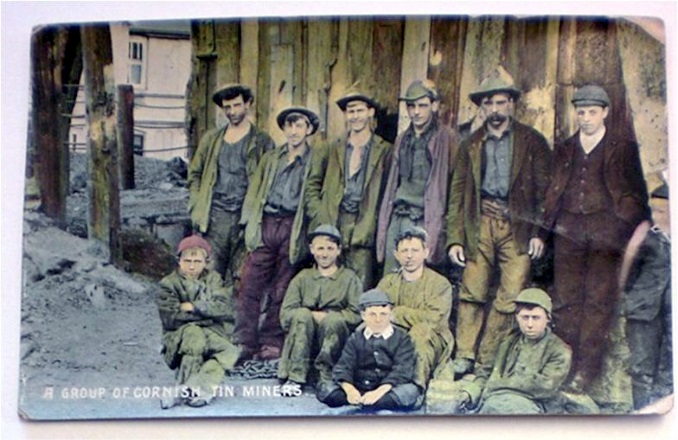
John died of phthisis during the Second World War. Whilst nursing him and his parents, Great Granny told of a German bomb which fell on Redruth railway station and several window panes were broken in the family home as a result of the explosion. The word circulated that the Germans were convinced that the tunnel at the end of Redruth Railway Station contained an underground munitions works.
Great Granny Goldsworthy died in 1965 at the age of 85 years. She had been blind for much of her later life and had diabetes. The last day of her life saw her taken from 6, Raymond Road to Barncoose Hospital, much feared by generations of the family as it was always regarded as a workhouse. Her son Jack passed away about a year later in 1966.
Her daughter, my grandmother, Ethel Gill, finally left Raymond Road in 1970’s to take up residence in a new flat, then warden controlled, in Sparnon Close, Redruth. Ethel passed away in 2003. Her younger sister Ruth, Eliza’s other daughter passed away in 2015.
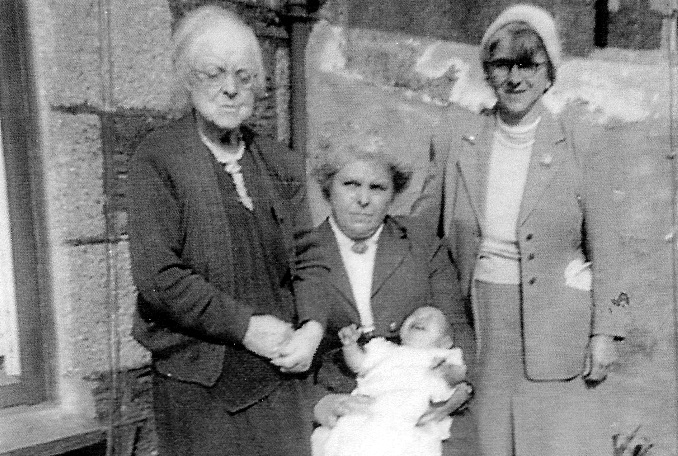
Eliza lays buried with her husband John in St. Euny Churchyard whilst their daughters Ethel and Ruth are buried at Trewirgie Hill Cemetery, Redruth.
I remember Great Granny Goldsworthy well. Always dressed in dark long clothes she was extremely knowledgeable about the tin mines and would often occupy me with stories of them. In true Cornish style, she taught her daughter how to make pasties, saffron and yeast cake and this was passed down to my mother in turn. Looking back now, I realise what incredibly tough lives my ancestors led with damp and cold homes, lack of food, little money and no social care at all. That said, they were very outward looking people. Their menfolk travelled the world in search of work and personal loyalty towards family and neighbours was ranked of the utmost importance amongst the womenfolk.
- Cornish
- English
- Log in to post comments

